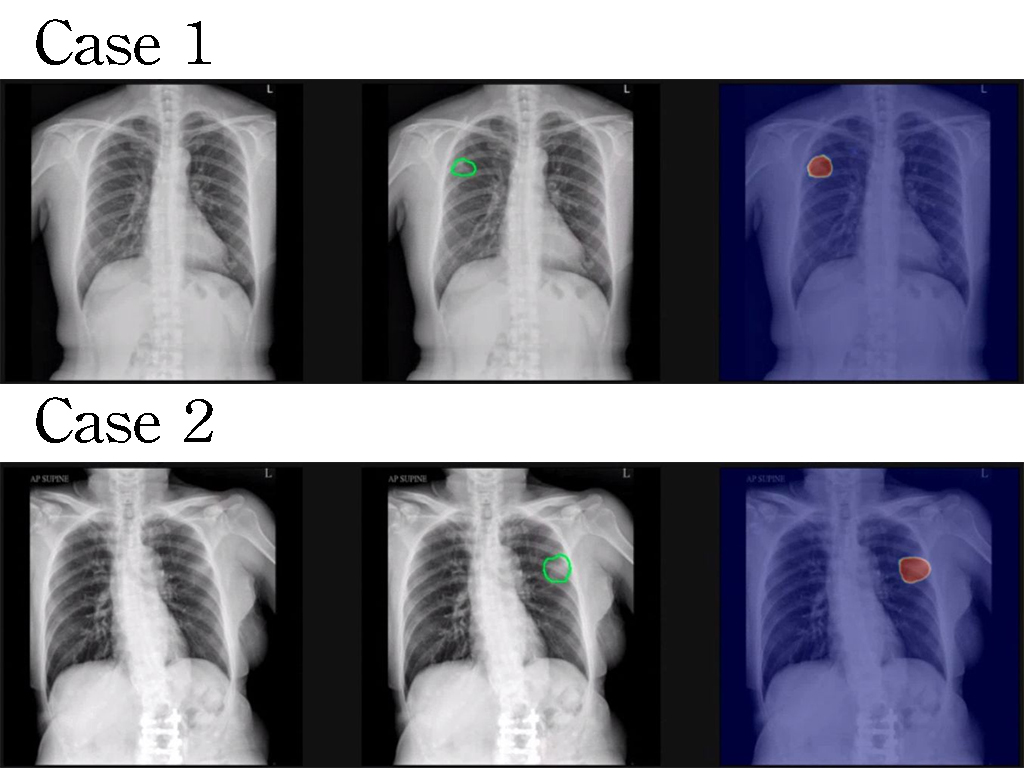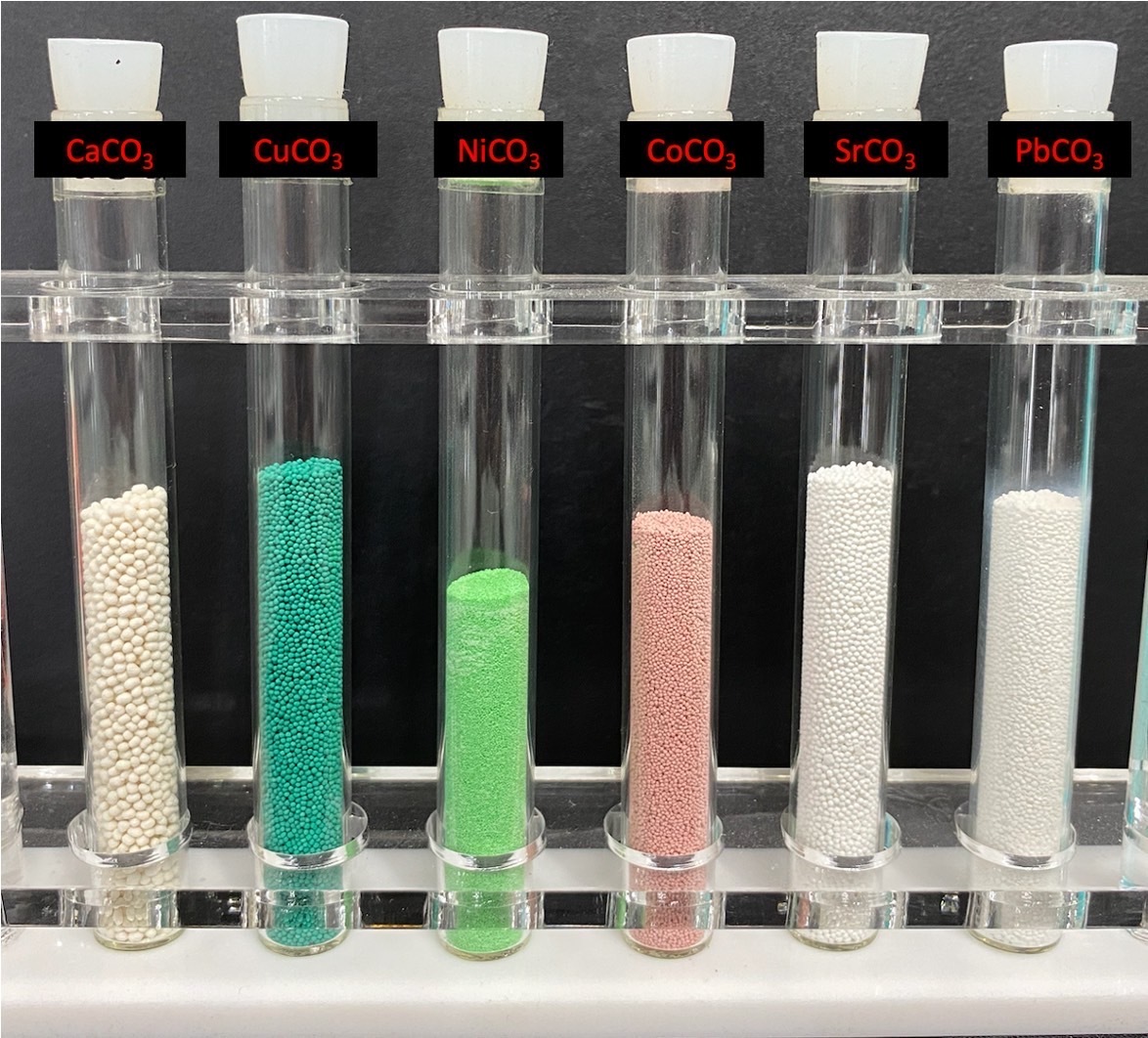| Technical Name | BioFPGA (Field Programmable Gate Array) for Portable Diagnosis | ||
|---|---|---|---|
| Project Operator | National Yang Ming Chiao Tung University | ||
| Project Host | 李鎮宜 | ||
| Summary | This chip achieves integrated functions for microfluidic operations, temp control, and capacitive sensing. Compared to PCB devices, this chip can integrate with systems through software, automatically sensing conditions and flexibly generating and manipulating different patterns according to various objectives, thus lowering the operational threshold. The device is small in size and low in cost ($0.1 per chip) and has already been practically applied in bio-detection experiments such as LAMP. |
||
| Scientific Breakthrough | This chip integrates sensing, driving, and heating functions in a compact 5*5mm size with 60x60 controllable electrodes. It reduces EWOD driving voltage to 60V, achieving a heating rate of 35.8°C/second and ±2°C accuracy. Built-in sensing technology aids automation. Average power consumption: 1.5W. It surpasses PCB devices with lower voltage, faster temperature control, finer sensing/driving, and enhanced automation potential. |
||
| Industrial Applicability | This technology is mainly used in biomedical testing, expected to occupy 3% of the $800 billion market. It features standard CMOS processes, programmable chip architecture, and a unique measurement platform. Its applications include nucleic acid testing, genetic research, self-diagnosis, food safety, and water quality testing. We gain an edge by offering free instruments, short testing times, low costs, and automated sample processing compared to competitors. |
||
| Keyword | Programmable Biomedical Sensing Chip System Integration Biomedical Testing System Adaptive Biomedical Detection Algorithm Lab-on-chip Implementation of SARS-CoV-2 LAMP Standard 0.35um Silicon-based chips Low-Power and Portable Biomedical Device Real-Time Capacitive and Temperature Sensing Automatic Calibration of Initial Parameters Low Voltage to High Voltage Circuit Module Teflon Hydrophobic Coating | ||
- Contact
- XIE,CHENG-XUAN
- frank8771919.ee11@nycu.edu.tw
other people also saw















